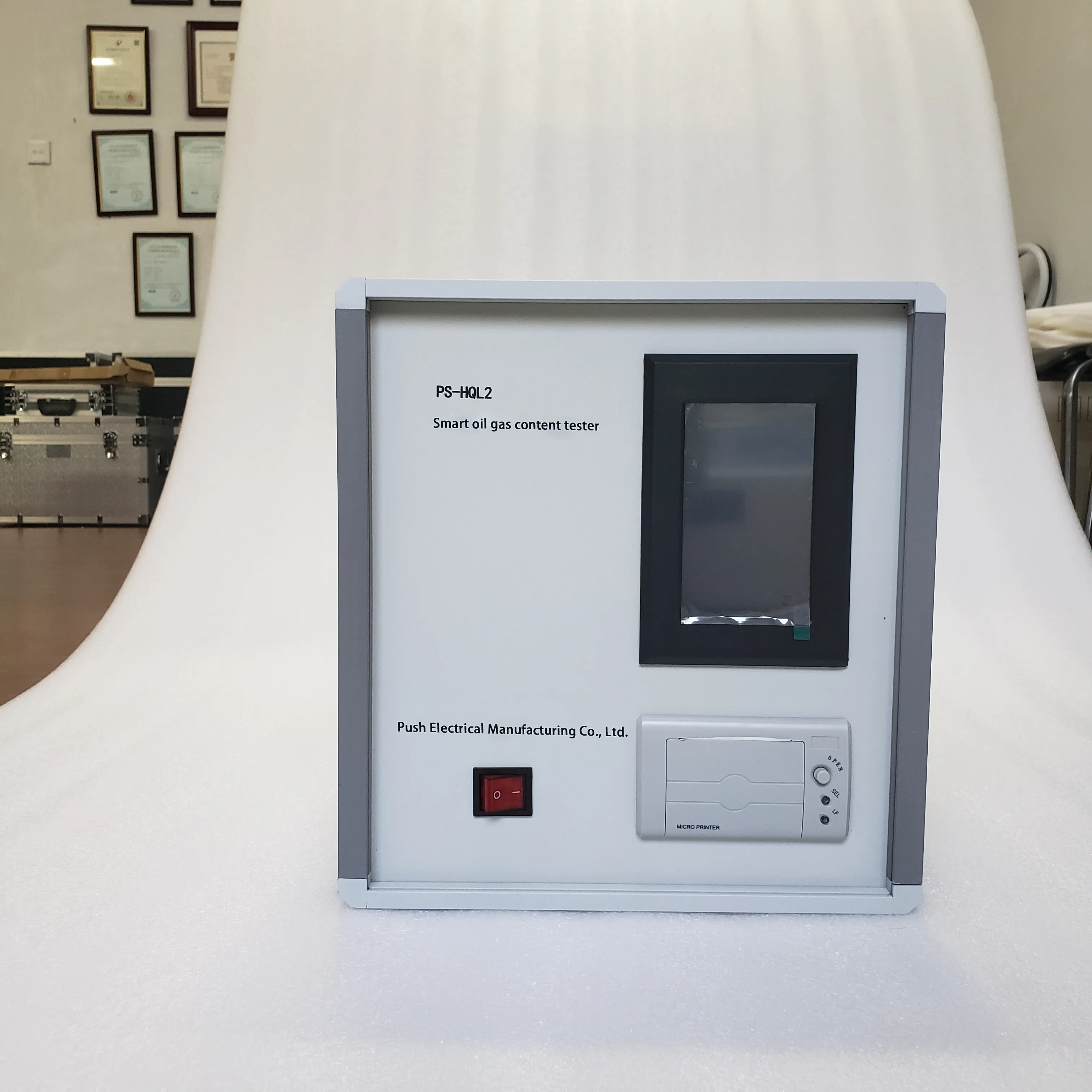 English
English



-
 Afrikaans
Afrikaans -
 Albanian
Albanian -
 Amharic
Amharic -
 Arabic
Arabic -
 Armenian
Armenian -
 Azerbaijani
Azerbaijani -
 Basque
Basque -
 Belarusian
Belarusian -
 Bengali
Bengali -
 Bosnian
Bosnian -
 Bulgarian
Bulgarian -
 Catalan
Catalan -
 Cebuano
Cebuano -
 China
China -
 China (Taiwan)
China (Taiwan) -
 Corsican
Corsican -
 Croatian
Croatian -
 Czech
Czech -
 Danish
Danish -
 Dutch
Dutch -
 English
English -
 Esperanto
Esperanto -
 Estonian
Estonian -
 Finnish
Finnish -
 French
French -
 Frisian
Frisian -
 Galician
Galician -
 Georgian
Georgian -
 German
German -
 Greek
Greek -
 Gujarati
Gujarati -
 Haitian Creole
Haitian Creole -
 hausa
hausa -
 hawaiian
hawaiian -
 Hebrew
Hebrew -
 Hindi
Hindi -
 Miao
Miao -
 Hungarian
Hungarian -
 Icelandic
Icelandic -
 igbo
igbo -
 Indonesian
Indonesian -
 irish
irish -
 Italian
Italian -
 Japanese
Japanese -
 Javanese
Javanese -
 Kannada
Kannada -
 kazakh
kazakh -
 Khmer
Khmer -
 Rwandese
Rwandese -
 Korean
Korean -
 Kurdish
Kurdish -
 Kyrgyz
Kyrgyz -
 Lao
Lao -
 Latin
Latin -
 Latvian
Latvian -
 Lithuanian
Lithuanian -
 Luxembourgish
Luxembourgish -
 Macedonian
Macedonian -
 Malgashi
Malgashi -
 Malay
Malay -
 Malayalam
Malayalam -
 Maltese
Maltese -
 Maori
Maori -
 Marathi
Marathi -
 Mongolian
Mongolian -
 Myanmar
Myanmar -
 Nepali
Nepali -
 Norwegian
Norwegian -
 Norwegian
Norwegian -
 Occitan
Occitan -
 Pashto
Pashto -
 Persian
Persian -
 Polish
Polish -
 Portuguese
Portuguese -
 Punjabi
Punjabi -
 Romanian
Romanian -
 Russian
Russian -
 Samoan
Samoan -
 Scottish Gaelic
Scottish Gaelic -
 Serbian
Serbian -
 Sesotho
Sesotho -
 Shona
Shona -
 Sindhi
Sindhi -
 Sinhala
Sinhala -
 Slovak
Slovak -
 Slovenian
Slovenian -
 Somali
Somali -
 Spanish
Spanish -
 Sundanese
Sundanese -
 Swahili
Swahili -
 Swedish
Swedish -
 Tagalog
Tagalog -
 Tajik
Tajik -
 Tamil
Tamil -
 Tatar
Tatar -
 Telugu
Telugu -
 Thai
Thai -
 Turkish
Turkish -
 Turkmen
Turkmen -
 Ukrainian
Ukrainian -
 Urdu
Urdu -
 Uighur
Uighur -
 Uzbek
Uzbek -
 Vietnamese
Vietnamese -
 Welsh
Welsh -
 Bantu
Bantu -
 Yiddish
Yiddish -
 Yoruba
Yoruba -
 Zulu
Zulu
Understanding DC Insulation Resistance Testing Procedures and Importance in Electrical Systems
Understanding DC Insulation Resistance Testing
DC insulation resistance testing is a crucial procedure in the field of electrical engineering and maintenance. This process assesses the integrity of electrical insulation in a wide variety of applications, ensuring that equipment operates safely and efficiently. As electrical systems evolve and expand, the importance of insulation testing cannot be overstated.
What is Insulation Resistance?
Insulation resistance refers to the resistance that an insulating material exhibits against the passage of electric current. This characteristic is vital because it signifies how well the insulation can prevent unwanted current flow, which can lead to equipment malfunction, safety hazards, and potential equipment damage. Over time, factors such as temperature, moisture, chemicals, and physical wear can degrade insulation, making regular testing essential.
The Purpose of DC Insulation Resistance Testing
The primary purpose of DC insulation resistance testing is to identify the condition and effectiveness of insulation materials. Typically, this test is performed on electrical equipment, such as motors, generators, transformers, and cables. By measuring the insulation resistance, technicians can determine if an insulation failure may occur in the near future. Early detection allows for timely maintenance, reducing downtime and repair costs.
The Testing Process
DC insulation resistance testing involves applying a direct current voltage to the insulation under test. This voltage, often ranging from 250V to 5,000V, is much higher than the operating voltage of the equipment. The procedure begins by disconnecting the equipment from power sources and other components to ensure accurate readings.
dc insulation resistance test

Once the equipment is prepared, a megohmmeter or insulation resistance tester is connected to both the live conductor and the earth ground (or the other insulated conductors). The tester applies the DC voltage and measures the resultant insulation resistance in ohms (Ω). A higher resistance reading indicates good insulation, while a low reading may signal potential problems.
Interpreting Test Results
The results from a DC insulation resistance test provide valuable insights. Generally, the resistance values should be well above 1 megohm (1MΩ) for most applications. However, specific threshold values can vary based on the equipment type and manufacturer specifications. If resistance values are below acceptable limits, further diagnosis is typically warranted. Possible causes for low resistance may include insulation degradation, moisture ingress, or physical damage to cables or equipment.
Industry Standards and Best Practices
To ensure consistency and accuracy in insulation resistance testing, industry standards such as those set by the International Electrotechnical Commission (IEC) and the Institute of Electrical and Electronics Engineers (IEEE) are widely followed. Regular testing—typically performed annually or biannually, depending on the criticality of the equipment—should be part of a comprehensive maintenance program.
Moreover, it is essential to document all test results. This documentation serves not only for compliance but also as a historical reference, aiding in trend analysis and preventive maintenance planning.
Conclusion
DC insulation resistance testing is a fundamental practice in maintaining the reliability and safety of electrical systems. By regularly assessing insulation integrity, organizations can mitigate risks, enhance operational efficiency, and extend the lifespan of critical equipment. As technology advances, so too will testing methods and standards, ensuring that electrical systems remain safeguarded against insulation failures.
-
Ensuring SF₆ Gas Safety: Introducing PUSH’s Integrated SF₆ Analyzer for Dew Point, Purity, and Decomposition MonitoringNewsJul.10,2025
-
Exploring the Main Types of Industrial Endoscopes and Their Applications Across IndustriesNewsJul.04,2025
-
Testing Equipment Industry Sees Major Advancements in 2025: Smart & Precision Technologies Lead the WayNewsJun.06,2025
-
Applications of Direct Current Generators in Renewable Energy SystemsNewsJun.05,2025
-
Hipot Tester Calibration and Accuracy GuidelinesNewsJun.05,2025
-
Digital Circuit Breaker Analyzer Features and BenefitsNewsJun.05,2025



